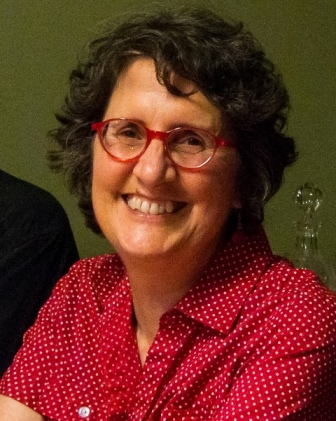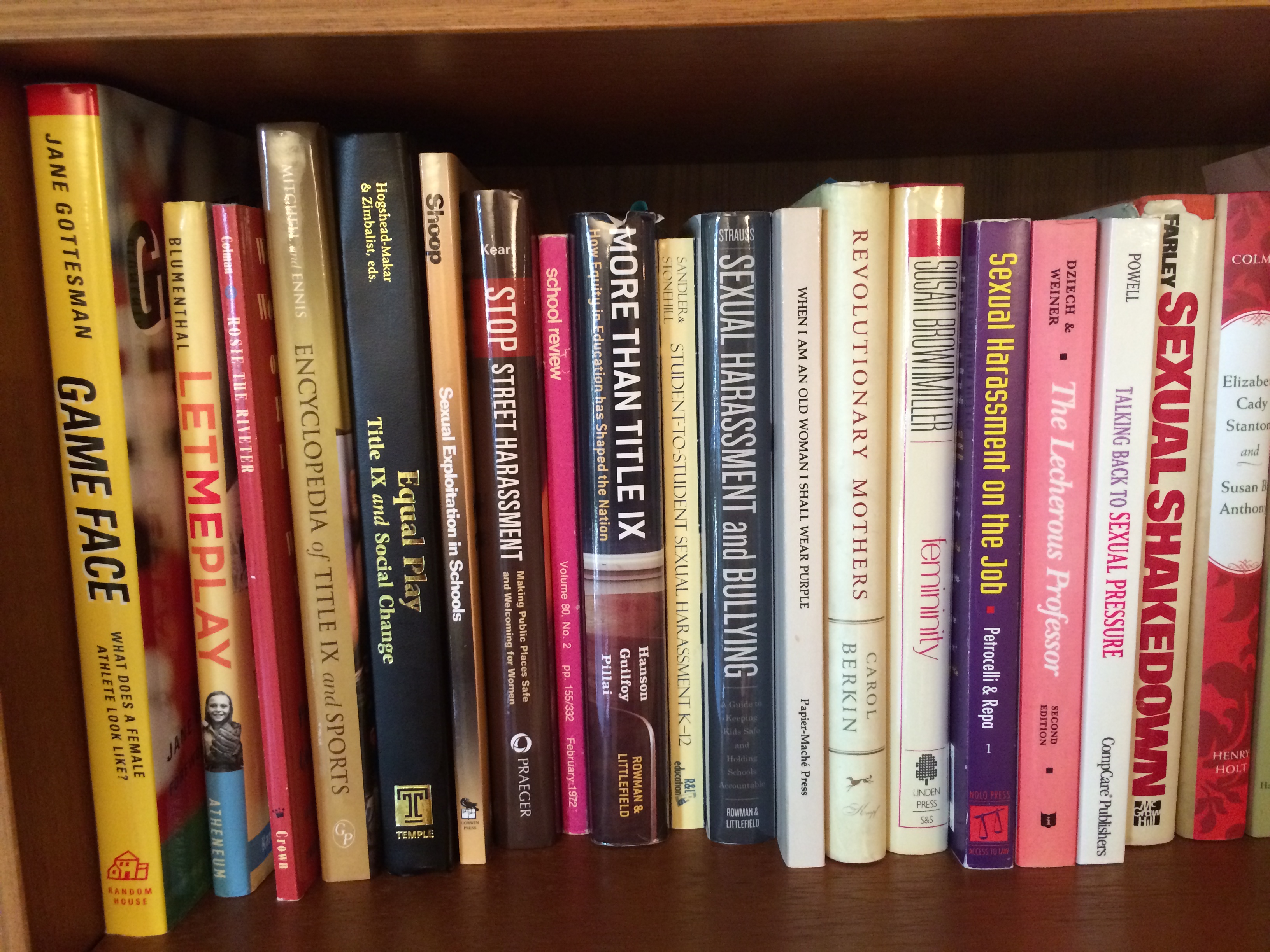Exploring intersectional activism under Title IX
I’ll be on the East Coast this summer, kicking off with a presentation on “Intersectional Activism Under Title IX” at the annual meeting of the National Coalition of Independent Scholars June 21-23 at the University of Massachusetts, Amherst.

From its inception to today, activists pushing to realize Title IX’s potential included women of color, LGBTQ people, financially vulnerable women, and people with disabilities, all of whom faced multiple barriers to equity in education. Much of the published history, though, centers on affluent white cisgender women.
Using theories of intersectionality to examine Title IX history unearths buried stories highlighting the importance of race, ethnicity, class, disability, sexual orientation, gender, age and citizenship status in the movement for sex equity in education. Through these I’ll explore the strengths and weaknesses of Title IX in helping all students, faculty, and staff, and how these changed over time.
It’s no coincidence that two of the backers of Title IX in its earliest years were the first women of color elected to Congress — Rep. Patsy Mink and Rep. Shirley Chisholm. It’s also no coincidence that it took the seniority of white legislators, especially Rep. Edith Green and Sen. Birch Bayh, to overcome opposition to Title IX and to get the law passed in 1972.
There’s a reason why the only faculty member to join female students at Yale in filing the first Title IX suit for sexual harassment in 1977 was a gay man. And why students of color and queers are more likely to be sexually assaulted and less likely to be believed than straight white students. And why the demands of transgender students for equal treatment in the current decade sparked the biggest backlash to Title IX in decades.
Intersectionality is a lens through which you can see where power comes and collides, where it interlocks and intersects. It’s not simply that there’s a race problem here, a gender problem here, and a class or LBGTQ problem there. Many times that framework erases what happens to people who are subject to all of these things.
Prof. Kimberle Crenshaw, in a June 8, 2017 interview for Columbia Law School
Given the overlapping systemic oppressions, perhaps it’s not surprising that Title IX has been less helpful to students attending community colleges or vocational education programs, or to immigrants, or to female coaches surrounded by homophobia in athletics.
Considered in context, Title IX has been enmeshed in the struggles for all civil rights from the get-go, and still is. Attacks on Title IX in the 1980s decimated it and all other civil rights laws as they apply to education until a multifaceted coalition got Congress to pass the Civil Rights Restoration Act of 1987 and override President Reagan’s veto. Today, attempts to mandate that all sexual violence on campus be reported to police not only make it less likely that assault survivors will come forward but make it even less likely that the most vulnerable will report — like immigrants or people of color, for whom interactions with police carry additional risks.
Forty-seven years after Title IX became law, woman are almost half of college athletes and of full-time college faculty — huge increases since 1972, though almost all of these new opportunities went to white women.
There is a growing trend toward recognizing the fundamental intersections of discrimination. I look forward to examining Title IX history in this light, to put the current backlash against Title IX in context and illuminate a road map for the struggles ahead. We’re all in this together.






